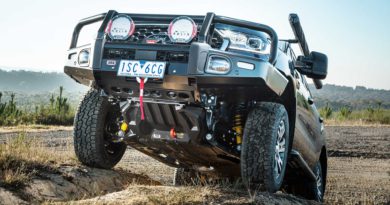RACV calls for 40km/h limit when passing emergency vehicles
RACV has called on the Victorian Government to protect emergency roadside assistance workers and tow truck drivers who work alongside fast-moving vehicles.
Victoria is one of the few jurisdictions in Australia that does not have the so-called ‘Slow Down, Move Over rule’ that requires drivers to slow to 40 kilometre per hour when passing such vehicles.
General Manager Automotive Services, Jackie Pedersen, said RACV is asking the Victorian Government to amend Road Rule 79A, to give emergency roadside assistance workers the same protection as in Queensland, Western Australia, New South Wales, Tasmania and the Australian Capital Territory. This means the rule would apply to vehicles with flashing yellow lights, not just those with red and blue lights.
The rule will also protect customers who are waiting on the side of the road.
“Safety is the number one priority for all Victorians,” said Pedersen.
“Every day, hundreds of RACV service providers put themselves at risk of injury and death from fast-moving vehicles while helping over 820,000 Victorians annually.
“Road Rule 79A – or the Slow Down, Move Over rule, states that a driver must not drive past, or overtake, a stationary or slow-moving police vehicle, emergency vehicle, enforcement vehicle, escort vehicle or incident response service at a speed greater than 40 kilometres per hour, highlighted by red and blue lights.
“We are calling on the Victorian Government to urgently introduce a 40 kilometre per hour speed limit when driving past or overtaking any incident response service, including roadside assistance vans, such as RACV patrol vans, and tow trucks who have yellow flashing lights.
“I am sure every driver who has needed the help of an emergency roadside assistance worker or tow truck driver would be disappointed to know that the Victorian Government is not protecting these essential responders.
“Victoria’s emergency roadside workers and tow truck drivers are exposed to the same risk as other responders, such as paramedics and police, while working at the side of the road. Emergency roadside assistance workers are often the first in attendance at the scene of an incident or breakdown.”




